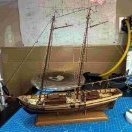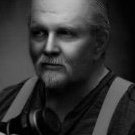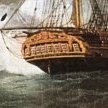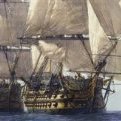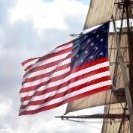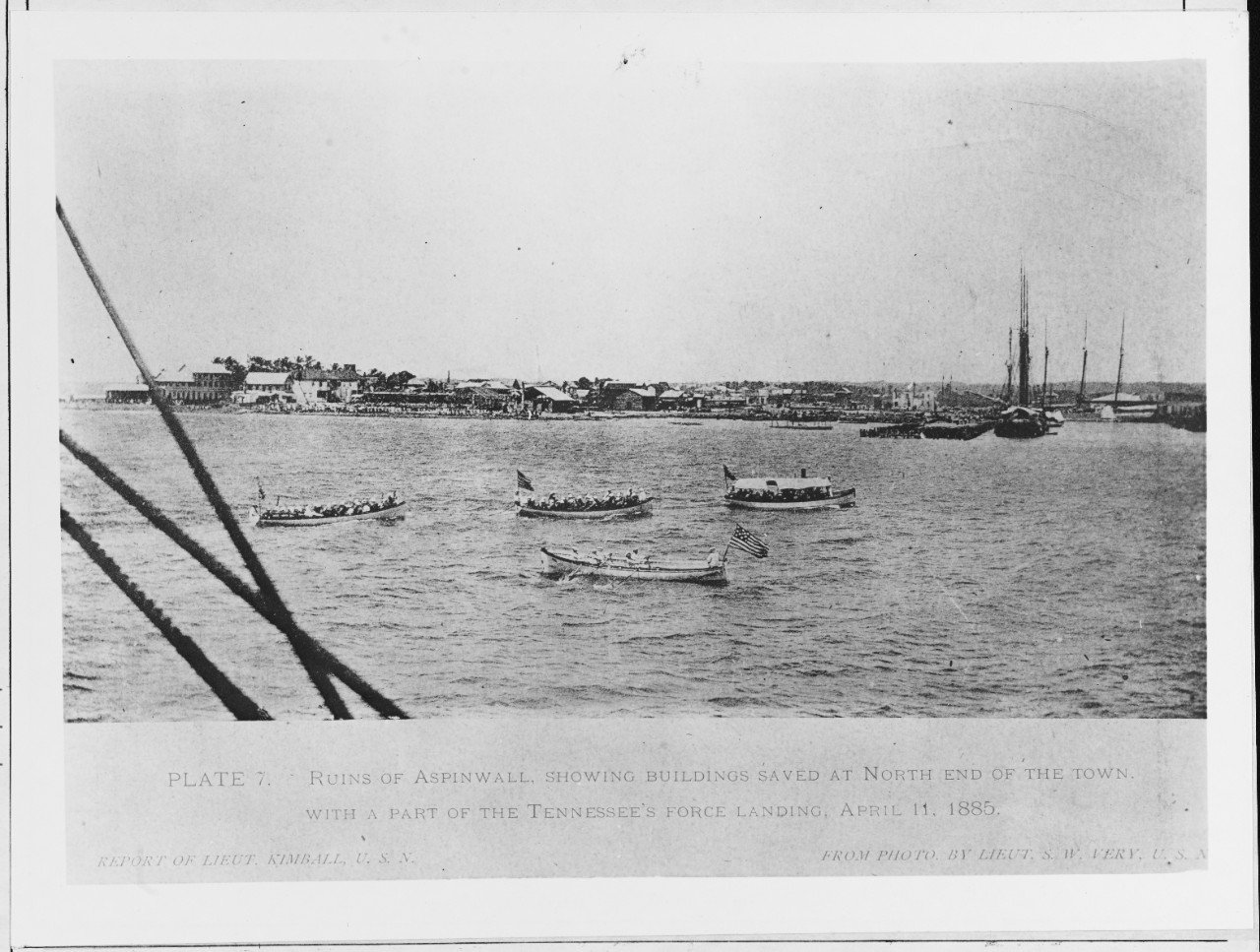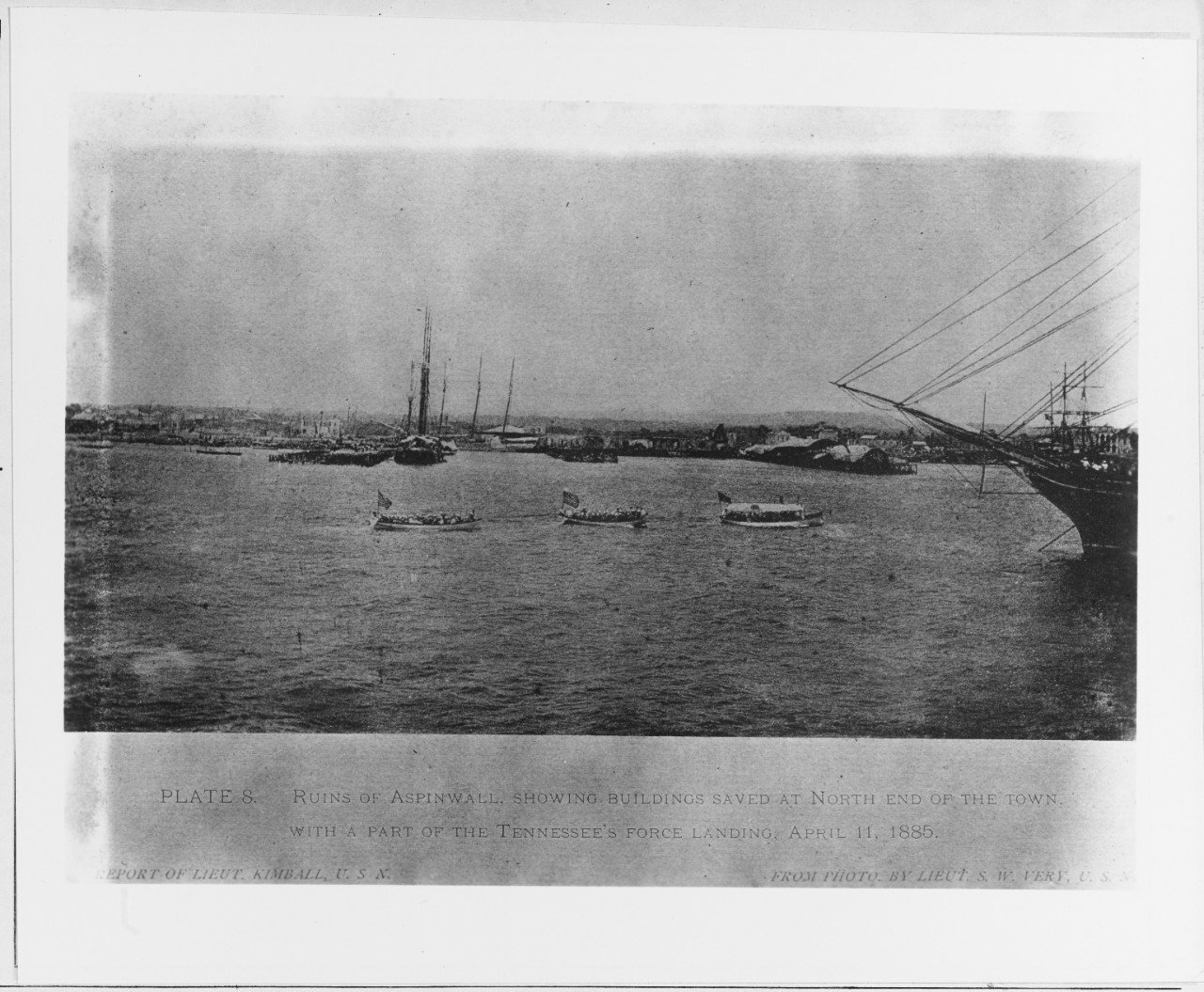-
Posts
4,233 -
Joined
-
Last visited
About Keith Black

- Birthday 03/23/1947
Profile Information
-
Gender
Male
-
Location
Grass Lake, Michigan
-
Interests
History, Clocks, Pool, , Antique Tractors, Ship Models
Recent Profile Visitors
-
 Keith Black reacted to a post in a topic:
USS Tennessee 1869 by Keith Black - scale 1:120 - Wood Hull Screw Frigate - ex Madawaska 1865
Keith Black reacted to a post in a topic:
USS Tennessee 1869 by Keith Black - scale 1:120 - Wood Hull Screw Frigate - ex Madawaska 1865
-
 mtaylor reacted to a post in a topic:
USS Tennessee 1869 by Keith Black - scale 1:120 - Wood Hull Screw Frigate - ex Madawaska 1865
mtaylor reacted to a post in a topic:
USS Tennessee 1869 by Keith Black - scale 1:120 - Wood Hull Screw Frigate - ex Madawaska 1865
-
 Glen McGuire reacted to a post in a topic:
USS Tennessee 1869 by Keith Black - scale 1:120 - Wood Hull Screw Frigate - ex Madawaska 1865
Glen McGuire reacted to a post in a topic:
USS Tennessee 1869 by Keith Black - scale 1:120 - Wood Hull Screw Frigate - ex Madawaska 1865
-
 Knocklouder reacted to a post in a topic:
USS Tennessee 1869 by Keith Black - scale 1:120 - Wood Hull Screw Frigate - ex Madawaska 1865
Knocklouder reacted to a post in a topic:
USS Tennessee 1869 by Keith Black - scale 1:120 - Wood Hull Screw Frigate - ex Madawaska 1865
-
A bit of USS Tennessee and Marine Corp history. The Tennessee transported a battalion of US Marines to Aspinwall, Panama landing on 12 April, 1885. This is the only time the USS Tennessee saw action (to my knowledge) in her career. The Aspinwall Marine deployment was the first time in history that a brigade of US Marines was organized. The Tennessee would be sold for scrap little over a year later on 15 September, 1886. https://www.usmcu.edu/Portals/218/US Marines in Battle Guantanamo Bay.pdf The insert below taken from the above link starting page 2. On 2 April 1885, the eighth Commandant of the Marine Corps, Colonel Charles Grymes McCawley, received orders to organize a battalion of Marines and to embark them for Aspinwall, Panama. A battalion of 234 Marines was quickly organized under the command of then-major Charles Heywood by drawing available personnel from the Marine Barracks at Portsmouth, New Hampshire, as well as Brooklyn, Philadelphia, and Washington, 4 At the time, the commandancy was filled by a colonel; the rank was raised to brigadier general in 1899 and to major general in 1902. Col Heywood served as Commandant from 1891 to 1903. DC. The battalion also included company commander Captain Robert W. Huntington and First Lieutenant George F. Elliott (fu- ture 10th Commandant), who both would play critical roles in the Guantánamo Bay landings 13 years later. Navy Command- er Bowman H. McCalla (also a future key player at Guantána- mo Bay) was selected to be the naval force commander for the Panama expedition under the overall command of Rear Admiral James E. Jouett. On 3 April 1885, the Navy Department telegraphed the commander of the North Atlantic Squadron, Rear Admiral Jouett, assigning him overall command of the mission. Admiral Jouett’s instructions were very straightforward. He was authorized to use a naval expeditionary force for the sole purpose of protecting American lives and property and to ensure free and uninterrupted transit across the isthmus. He was cautioned to use great discretion in his actions and in no way to interfere with the sovereign acts of the government of Colombia or to take part in any of the political or social events. The expeditionary force, with Heywood’s battalion as the main landing force, sailed from New York on 3 April 1885, landing Heywood’s Marines in Aspinwall, on 12 April. Ultimately, three Marine battalions would be formed and deployed to Panama. They would be nominally consolidated into a brigade under the command of Major Heywood and operate ashore for the better part of a month, restoring and maintaining order until sufficient Colombian troops arrived between 30 April and 5 May to take control. This was the first time a United States Marine brigade had ever been organized.5 Commander McCalla would arrive on 15 April and make the decision to come ashore to take personal control of the operation, which would ultimately lead to conflict between the Navy and the Marine Corps in the post- operation environment. The formation of this provisional Marine brigade caused the Corps to reduce its Atlantic coast shore installations by more than half. To make matters worse, at this time there was no Marine battalion or regimental organizational structure. The efforts to form larger tactical organizations such as this where none currently existed were naturally very ad hoc evolutions, leading to an environment characterized by improvisation and discovery learning. One of the more interesting outcomes of this successful employment of naval forces in response to a crisis was not so much its impacts on world events as was its impact internally on Service and individual professional opinions and theories being discussed in the naval Service. A hot topic at the time was the 5 Robert Debs Heinl, Soldiers of the Sea: The United States Marine Corps, 1775–1962 (Baltimore, MD: Nautical and Aviation Publishing Co. of America, 1991), 93. 2 RAdm Jouett’s flagship, the USS Tennessee (1865). Originally USS Madawaska, the ship’s name was changed to Tennessee on 15 May 1869. Naval History and Heritage Command, NH46920 RAdm James E. Jouett, commander of the North Atlantic Squadron. Selected as the overall commander for the Panama intervention, Jouett assigned oversight of operations ashore to Cdr B. H. McCalla. Naval History and Heritage Command role of the Marine Corps and its future utility as a naval landing force in expeditionary operations versus the use of Marines in ships detachments. Commander McCalla issued a detailed after action report on the isthmus operations to the secretary of the Navy. In this report McCalla praised the Marines for their efficiency and dis- cipline but was very critical of their tactics and proficiency with artillery and machine guns. He even went so far as to critique the current rifle manual and manual of arms and to make recom- mended changes to the existing manuals.6 Needless to say, detailed criticisms of Marine ground operations by a naval officer did not sit well with Marine Corps leadership. Most significantly, McCalla took direct aim at the primary Marine mission of guarding naval installations when he concluded that too much time on barracks duty came at the expense of professional education of Marine officers and meaningful training of Marine units to prepare them for expeditionary operations. Commander McCalla recommended annual summer maneuvers with Marines in conjunction with the fleet and U.S. Army to develop the tactics and techniques and organizational structure needed for major landing operations. He also advocated the Navy purchase transports specifically designed to carry Marine brigades.7 Although McCalla’s report actually advocated the development of the Marine Corps as a true expeditionary arm of the fleet, that salient point was lost in what was viewed by Marine leadership as a direct refutation on the currently accepted core missions of the Marine Corps. 6 “Report of Commander McCalla upon the Naval Expedition to the Isthmus of Panama, April 1885,” Annual Report of the Navy Department, Bureau of Navi- gation, 1885, Archives Branch, Marine Corps History Division, Quantico, VA, 61. 7 “Report of Commander McCalla upon the Naval Expedition to the Isthmus of Panama, April 1885,” 67. Lead elements of the Marine battalion landing at Aspinwall, Panama, 1885. Naval History and Heritage Command An armed railroad car used by Marines to provide security for rail traffic across the Isthmus of Panama in 1885. Naval History and Heritage Command 3 McCalla’s recommendations struck directly at the dilemma the Marine Corps faced throughout the latter half of the nineteenth century. The Marine Corps was a force with very limited resources that allowed them to perform their current mission, but with little hope of adding new structure and resources to take on new missions. Colonel Commandant McCawley strongly rebutted Commander McCalla’s conclusions and recommendations and defended the status quo, describing the missions of the Marine Corps in the traditional terms of ships detachments and guard duty at the Navy yards. He made no reference to the possibility of future expeditionary roles for the Corps.8 In retrospect, the 1885 Panama operation provided a telling preview of the employment of Marines at Guantánamo Bay in the Spanish-American War 13 years later, with McCalla as the na- val force commander, Heywood as Commandant of the Marine Corps, Huntington as commander of the Marine landing force, and Elliott as a company commander in the operation’s decisive engagement. The issues raised in Commander McCalla’s report were illustrative of the professional and institutional split between the leadership of the Marine Corps and an influential Navy reform element led by Captain Alfred Mahan and Lieutenant William F. Fullam. The transformation of the Navy from a predominantly coastal defense force to an instrument of power projection and sea control in the 1880s and 1890s brought forth significant implications for the current and potential future missions of the Corps. This period was characterized by intense professional debate on the future structure and missions of both elements of the naval Service. The Navy reformers had become a dominant driving force in determining the future of the Navy and the Corps. The below two photos show the Marine landing parties going ashore in ship's boats from the Tennessee. Of note in both photos is a steam launch towing two ship's boats. These are the only images of this steam launch recorded. In none of the other photos of the Tennessee is this steam launch show hanging in the port side davits. You can see that the launch was meant to hang on the port side because of the access cutout in the launches tarp cover. Was this historic mission the first time a steam launch was made available to the USS Tennessee? Is it safe to assume that the Tennessee's two gatling guns were made available to the deployed Marines?
-
 Keith Black reacted to a post in a topic:
Emma C Berry by Kenneth Powell - Model Shipways - 1:32 - as a yacht
Keith Black reacted to a post in a topic:
Emma C Berry by Kenneth Powell - Model Shipways - 1:32 - as a yacht
-
 Keith Black reacted to a post in a topic:
HMS Beagle by brunnels - OcCre - 1:60 - first build
Keith Black reacted to a post in a topic:
HMS Beagle by brunnels - OcCre - 1:60 - first build
-
 Keith Black reacted to a post in a topic:
HMS Beagle by brunnels - OcCre - 1:60 - first build
Keith Black reacted to a post in a topic:
HMS Beagle by brunnels - OcCre - 1:60 - first build
-
 Keith Black reacted to a post in a topic:
How much boat kit is too much?
Keith Black reacted to a post in a topic:
How much boat kit is too much?
-
 Keith Black reacted to a post in a topic:
How much boat kit is too much?
Keith Black reacted to a post in a topic:
How much boat kit is too much?
-
 Roger Pellett reacted to a post in a topic:
USS Tennessee 1869 by Keith Black - scale 1:120 - Wood Hull Screw Frigate - ex Madawaska 1865
Roger Pellett reacted to a post in a topic:
USS Tennessee 1869 by Keith Black - scale 1:120 - Wood Hull Screw Frigate - ex Madawaska 1865
-
 thibaultron reacted to a post in a topic:
How much boat kit is too much?
thibaultron reacted to a post in a topic:
How much boat kit is too much?
-
 Keith Black reacted to a post in a topic:
HMS Beagle by brunnels - OcCre - 1:60 - first build
Keith Black reacted to a post in a topic:
HMS Beagle by brunnels - OcCre - 1:60 - first build
-
Keith Black started following How much boat kit is too much? and HMS Beagle by brunnels - OcCre - 1:60 - first build
-
 davyboy reacted to a post in a topic:
How much boat kit is too much?
davyboy reacted to a post in a topic:
How much boat kit is too much?
-
 mbp521 reacted to a post in a topic:
USS Tennessee 1869 by Keith Black - scale 1:120 - Wood Hull Screw Frigate - ex Madawaska 1865
mbp521 reacted to a post in a topic:
USS Tennessee 1869 by Keith Black - scale 1:120 - Wood Hull Screw Frigate - ex Madawaska 1865
-
 Thukydides reacted to a post in a topic:
Roar Ege by Scottish Guy - Billing Boats - 1:25
Thukydides reacted to a post in a topic:
Roar Ege by Scottish Guy - Billing Boats - 1:25
-
 GrandpaPhil reacted to a post in a topic:
Roar Ege by Scottish Guy - Billing Boats - 1:25
GrandpaPhil reacted to a post in a topic:
Roar Ege by Scottish Guy - Billing Boats - 1:25
-
 My Fathers Son reacted to a post in a topic:
USS Tennessee 1869 by Keith Black - scale 1:120 - Wood Hull Screw Frigate - ex Madawaska 1865
My Fathers Son reacted to a post in a topic:
USS Tennessee 1869 by Keith Black - scale 1:120 - Wood Hull Screw Frigate - ex Madawaska 1865
-
Thank you, Mark Thank you, Phil I spent a large part of yesterday at the worktable. I spent way too much time for what I got accomplished due to having to reteach myself all the 1:120 tricks necessary to get the shrouds done. At the end of the day I had a whopping two shrouds in place and started on the third. Be it ever so small, it is progress.
-
Micha, look at it this way. Kits are for acquiring the skills necessary to eventually being able to scratch build a model. If you buy a kit that has an accurate hull, you can kit bash that kit into bringing about historical accuracy through the historically correct deck furniture, guns, and rigging. Above all is enjoying doing something in your free time as you journey through life. if it ain't makin' you happy, don't continue to try to pushing string uphill, alter the equation in a manner that puts a smile on your face.
- 100 replies
-
- Roar Ege
- Billing Boats
-
(and 2 more)
Tagged with:
-
Thank you, Roel Tom, let it suffice to say since taking over cooking duties I've lost 14 pounds. I don't like cooking, it's just not my thing and yes, I much relieved that Maggie is at the point that she's getting where she can move back into the chief cooking role. Thank you, Bob. She don't need no stuffed penguin and chocolates to make her smile, she has me! Thank you, Keith. I consider knitting one those womanly mysteries I best left be. Thank you, Brian. Thank you, Gary. An easy rhythm to life is a good life. Thank you, Glen. As soon as I hit the send button I'm making my way upstairs for some ole finger retraining. Thank you to all for the likes and for following along. You guys bless my heart in so many ways, thank you for being you.
-
Micha, this is your first build, not you last. Very few new modelers hit home runs on their first build. I daresay the majority of first builds go into the rubbish bin or are set alight as was my first model when I was very much younger. Take this build for what it is, a learning experience that will make your second build easier and more enjoyable.
- 100 replies
-
- Roar Ege
- Billing Boats
-
(and 2 more)
Tagged with:
-
Great backstory, Bob. Hats off. By the bye, you are one model ship building machine! I'd love to borrow some of your model building drive.
-
Keith Black started following Masts and Bowsprit - Glue or Not? , Viking Drakkar by Knocklouder - Amati - 1/50 and Hola
-
Wow, my last post was towards the end of March, time has certainly gotten away from me. My apologies for the delay for a Maggie update and a response to Brian @mbp521, Keith @clearway, Tom @TBlack, Eric @Cathead, Keith @KeithAug, Gary @FriedClams, and Mark @AnchorClanker. To each of you, thank you for your kind thoughts and well wishes. And thank you to all for the likes and for following along on this new part of our journey. Maggie is much improved in the clarity of her speech, fascial expressions, the strength in her left hand, ams, legs, and her independence. She is getting her own breakfast and lunch. She's managing to do her laundry, she's washing some dishes (we don't have a dishwasher) or drying dishes after I wash. She's able to get in and out of the shower and gets dressed on her own accord. She's managed to do a little knitting, it's sure not pre stroke quality but that she's able to knit at all is a small miracle. She made meatloaf the other night with some help but she was able to make the effort and it was a welcome change from my cooking. While we were prepping we play bickered at one another and she reminded me that I was in her domain. Sweeter words were never spoken. This is coming none too soon as the other night I caught myself on Amazon looking at frying pans and paring knives. She has a devil of a time with opening lidded containers so on those nights when I have pool league I have to place plastic wrap over those (lid removed) containers she'll be needing to get into for her supper and she has no issues using the microwave. I'm so grateful for her getting to this point as it allows for some much needed Keith time. The above is answer to prayer, a peaceful rhythm of life has returned, our lives no longer feel like it's been stirred with a stick. Though we be knee deep in that time of year that requires outside attention, I'm getting real close to resuming work on the Tennessee. The other night I managed to attach a rigged pair of deadeyes to the port side and it felt good to be sitting at the worktable again. The third hand awaits, stropped deadeyes and thread callout, time for this part of my journey to continue. Thank you for following along, Keith
-
What a drop dead gorgeous presentation, Glen. The darkness of the root highlights the white of ice and snow and the brand adds to this pest de resistance. Up till now I thought the kraken was the pick of the litter but now, move over Kraken, there's a new SIB monster in town.
- 109 replies
-
- Ghost Ship
- Jenny
-
(and 2 more)
Tagged with:
-
Welcome to MSW. Glad to have you aboard.
-

Masts and Bowsprit - Glue or Not?
Keith Black replied to Coyote_6's topic in Masting, rigging and sails
I glued both mast and bowsprit. That way should someone if the future find my humble model worthy of restoration I'll know because their curses will reach my distant ears.
About us
Modelshipworld - Advancing Ship Modeling through Research
SSL Secured
Your security is important for us so this Website is SSL-Secured
NRG Mailing Address
Nautical Research Guild
237 South Lincoln Street
Westmont IL, 60559-1917
Model Ship World ® and the MSW logo are Registered Trademarks, and belong to the Nautical Research Guild (United States Patent and Trademark Office: No. 6,929,264 & No. 6,929,274, registered Dec. 20, 2022)
Helpful Links
About the NRG
If you enjoy building ship models that are historically accurate as well as beautiful, then The Nautical Research Guild (NRG) is just right for you.
The Guild is a non-profit educational organization whose mission is to “Advance Ship Modeling Through Research”. We provide support to our members in their efforts to raise the quality of their model ships.
The Nautical Research Guild has published our world-renowned quarterly magazine, The Nautical Research Journal, since 1955. The pages of the Journal are full of articles by accomplished ship modelers who show you how they create those exquisite details on their models, and by maritime historians who show you the correct details to build. The Journal is available in both print and digital editions. Go to the NRG web site (www.thenrg.org) to download a complimentary digital copy of the Journal. The NRG also publishes plan sets, books and compilations of back issues of the Journal and the former Ships in Scale and Model Ship Builder magazines.

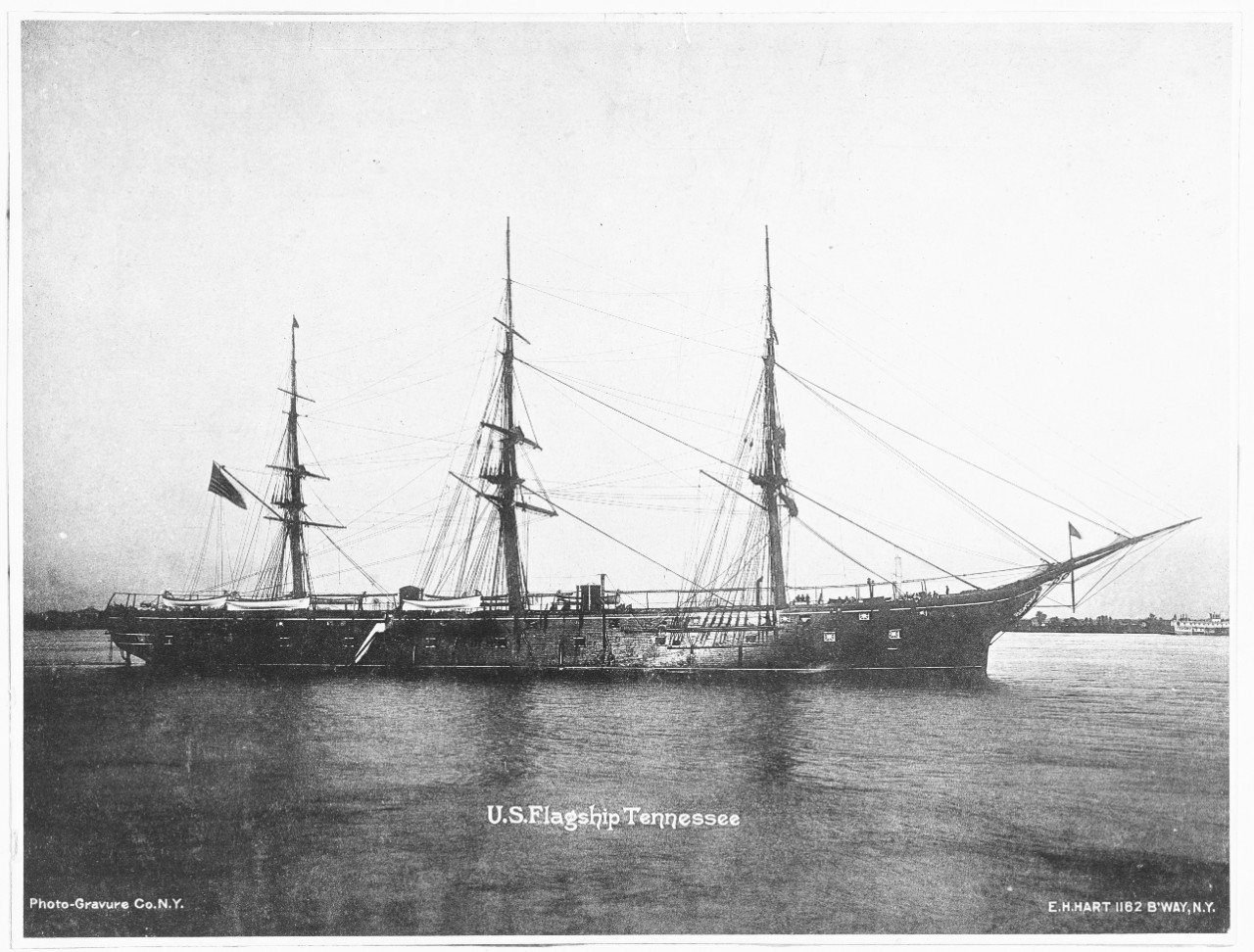

.thumb.jpeg.fc5d633a7b34428fcf19419a73d56d55.jpeg)
